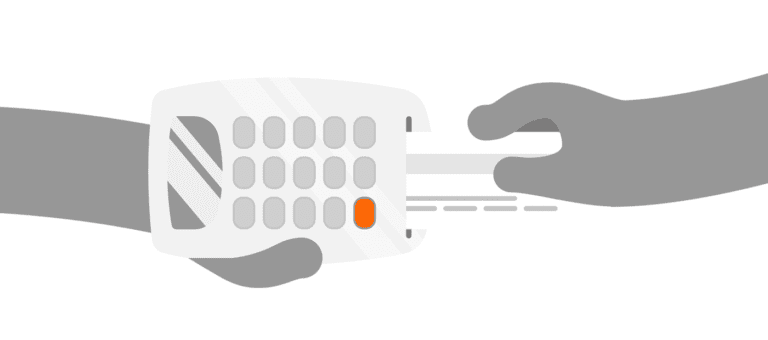Last Updated on July 15, 2020
A modern free market economy is a complex gridlock of countless interconnected social subsystems. It’s a well known fact that credit is one of the driving forces behind the USA’s economic success. Balancing debt is a central issue for both companies and the population at large. It’s a given for western countries to consume or invest beyond the means of their current cash flow. Even if they need to finance their spending with external capital using future cash flow to cover it. By definition this heavy reliance on credit requires both a positive outlook on the economy’s future. There also needs to be a strong sense of mutual trust between lender and borrower. The proper regulatory background for these institutions is necessary as well. However, some countries, like Russia, have gone down a different path.
You might also enjoy:
Russia’s Currency and National Debt
Based on living standards, Russia is almost a third world country in many people’s eyes. That being the case, the country’s national debt is only 13.5% of their GDP. The aggregate debt of households also only makes up 17.5% of the country’s GDP. When you compare those numbers to the USA’s 106.1% and 75% national- and household debts respectively, the difference is staggering.
Gold Reserves
Another interesting fact is that both countries have significant gold reserves. Even though there’s no longer a significant link between gold and currency value, those reserves still provide a strong backing to each country’s national currency. This is also supported by the fact that many analysts still keep a keen eye on changes in gold reserves when evaluating national currencies.
The world’s leading currency, the USD, has a money supply of approximately 3,9000 billion dollars based on the M1 measure. That figure excludes bank reserves. This amount is backed by 8,199 tons of gold. At a market value of $1,500, that makes for a total of approximately 430 billion dollars. This means the USA only backs 11% of their money supply with physical gold. Russia’s national currency, the ruble, has an M1 money supply of 22,000 billion. That’s approximately 343 billion dollars if you assume a 64 USDRUB exchange rate. Russia has a gold reserve of 2,219 tons or 117 billion dollars given the same market value. This means that their physical gold reserves back 34.2% of their money supply.
This comparison should highlight the stark difference between the two countries’ economic policies. Russia’s past might account for some of the disparity, but it likely won’t give us the full picture. Russia and it’s people have their own idea of their place in the world. Over the past century they’ve valued their independence or the perception of it above all else. The thought exposing their vulnerabilities to others doesn’t fit that worldview at all. Even if it’s only in the form of a payment obligation. This mindset is largely what makes Russia practically immune to most sanctions.
Virtual vs Real Economy
The lack of financial dependencies also makes it difficult for others to manipulate their national currency. Meanwhile the rest of the world relies on importing raw materials from them. This ensures a steady flow of foreign currency to Moscow. Their economy continues to center on and around the extraction of natural resources. Agriculture also still makes up a high percentage of their GDP compared to most developed countries. In a sense it makes them almost entirely self-sufficient.
These statistical facts do support the mythical Russian self-image of an impenetrable fortress. A currency backed by gold, low levels of foreign debt and an economic structure geared towards self-sufficiency all shield the country from external trade pressure. It’s almost the textbook example of a closed economy. The only questions left worth asking are whether there’s any merit to maintaining a closed economy in the 21st century and what their possible endgame could be.
Russia After The Cold War
The image many people have of Russia is for the most part still the one they formed about the Soviet Union back during The Cold War. It’s the idea of a superpower vying with the US for control over the world. This perception is difficult to discard, even if it’s obvious that Russia’s development is nowhere near that of the US. Washington’s primary means of influence are economic and financial, both more effective and profitable than occupying territory. It’s a development based on virtual space with infinite room for growth. Russia on the other hand is grounded in a more physical reality. They’re based on industries of the 19th century with limited potential. Meanwhile the rest of the world is heading in a different direction.
There is, however, one scenario where Russia could shine: in the event that the virtual economic space were to somehow collapse. If that were to happen, the value of physical territory, goods and resources would skyrocket in value. Their economy seems almost tailor made to bank on that possibility, but whether it’ll pay off remains to be seen.
